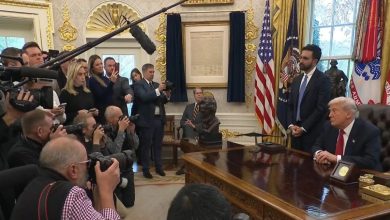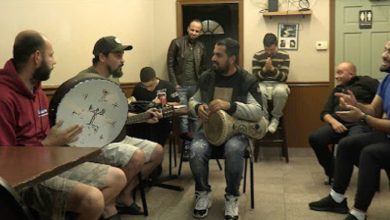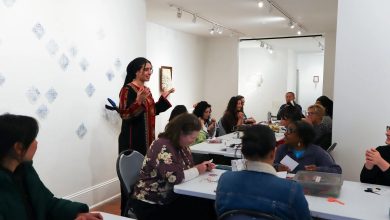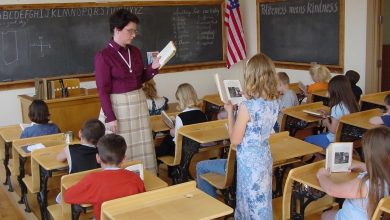Generations of Muslims in America: A Deep Dive into the Muslim American Experience
Understanding the Roots, Growth, and Identity of Muslim Generations in the United States.
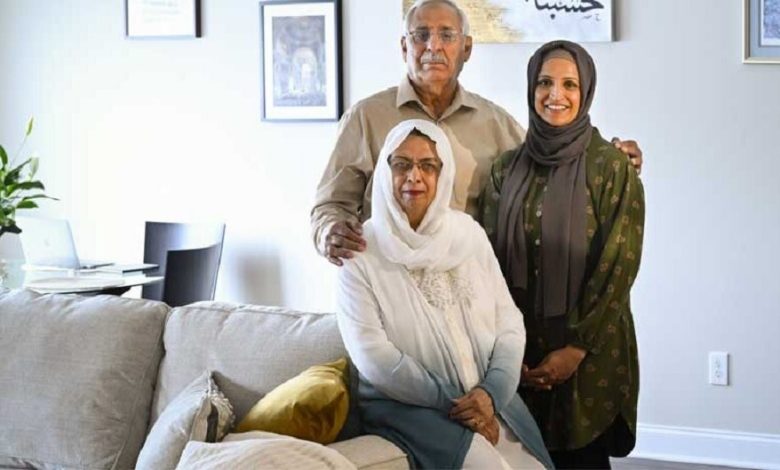
The Muslim population in the United States has grown and diversified significantly over the past century. Today, the Muslim American community spans multiple generations—each with its own unique experiences, identities, and contributions to American society. Broadly speaking, there are three to four distinct generations of Muslims living in the United States, shaped by immigration waves, socio-political events, and evolving cultural dynamics.
First Generation: The Immigrant Pioneers
The first significant wave of Muslim immigration began in the late 19th and early 20th century, primarily from the Levant region (modern-day Lebanon, Syria, Palestine, and Jordan), as well as parts of Eastern Europe and South Asia. These early immigrants often settled in industrial cities like Detroit and Chicago, working in factories and laying the foundations of the first mosques and community centers.
-
Most first-generation Muslims are immigrants who arrived after 1965, following the Immigration and Nationality Act, which lifted previous quotas on non-European countries.
-
This generation tends to maintain stronger connections to their countries of origin in terms of language, traditions, and Islamic practice.
-
They emphasized education, entrepreneurship, and religious establishment—founding Islamic schools, cultural centers, and advocacy groups.

Second Generation: The American-Born Bridge
The second generation—children of immigrants born in the U.S.—often live between two worlds. They are native English speakers, educated in American schools, and deeply engaged in American civic life, but still rooted in the values and religious traditions of their parents.
-
They are instrumental in shaping a uniquely American Muslim identity.
-
This generation is highly visible in politics, media, academia, and activism.
-
Challenges include identity struggles, Islamophobia, and generational gaps with immigrant parents.
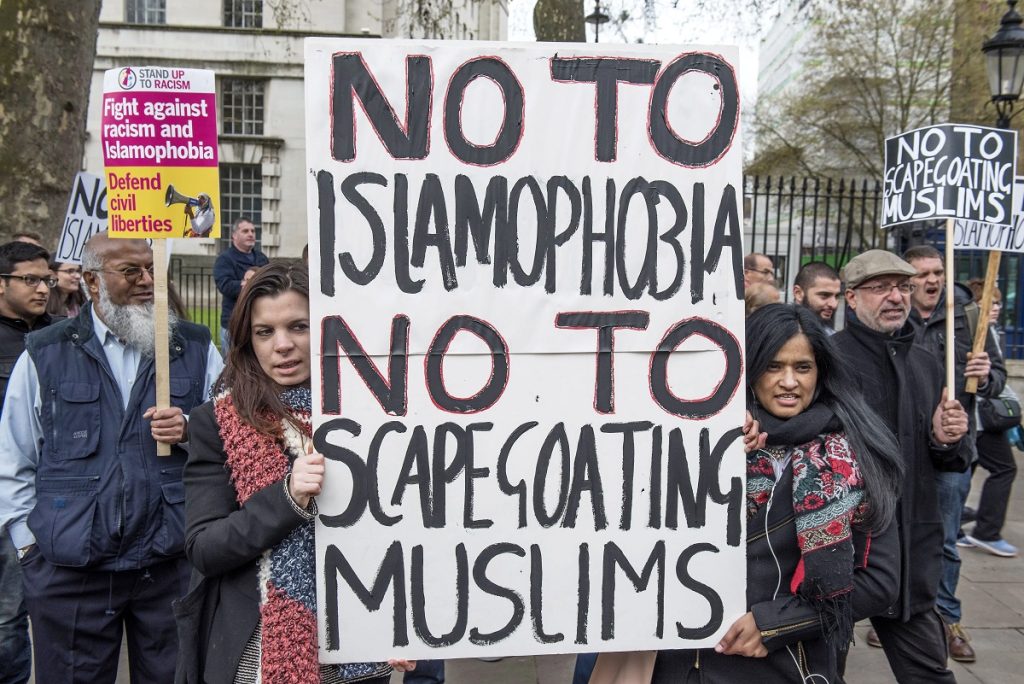
Third Generation: The Integrated Advocates
The third generation includes the grandchildren of immigrants, or the children of second-generation Americans. They often have a more integrated American identity but still maintain a cultural and religious connection to Islam.
-
Their religious identity is often more personalized and interpretive.
-
They are more likely to marry outside of their ethnic group and may blend Islamic values with broader American norms.
-
This generation is crucial in redefining what it means to be Muslim in America—active in interfaith work, social justice, and progressive politics.
African-American Muslims: A Parallel and Foundational Lineage
It is essential to note that African-American Muslims form one of the oldest and most foundational Muslim communities in the U.S., with some tracing their Islamic roots back to enslaved West Africans who practiced Islam centuries ago.
-
Movements like the Nation of Islam, Warith Deen Muhammad’s community, and others played key roles in spreading Islam among Black Americans.
-
African-American Muslims often span multiple generations, with their own distinct historical and cultural evolution.
There are three to four main generational layers of Muslims in the U.S., with unique histories, challenges, and roles in shaping the future of Islam in America. From immigrant pioneers to fully integrated advocates, Muslim Americans continue to contribute significantly to the cultural, political, and social fabric of the country.
